Located modestly on Phan Dinh Phung street, shaded by green trees, Cua Bac stands as an indomitable witness to history, associated with the heroic and painful stages in the resistance war of the Vietnamese people against French colonialism. Built during the Nguyen Dynasty, Cua Bac is the only gate of the Hanoi Imperial Citadel that still exists intact today, becoming an indelible symbol of the steadfast spirit of the people of Hanoi.
Over the past two centuries, Cua Bac is not only a special architectural work of the watchtower but also a place to preserve the marks of time. Built on the old foundation of Cua Bac from the Le Dynasty and completed in 1805, Cua Bac has a unique architectural style with the upper floor and the lower wall. The upper floor is built in the style of a watchtower - a type of square pavilion with eight roofs covered with Vietnamese tiles, bringing a beauty that is both majestic and intimate. From this position, in the past, the army could have a panoramic view of the entire surrounding area, helping to protect the citadel from all enemy movements. Today, standing from the floor, people can still feel some of the grandeur and majesty that Cua Bac once brought to the ancient capital. 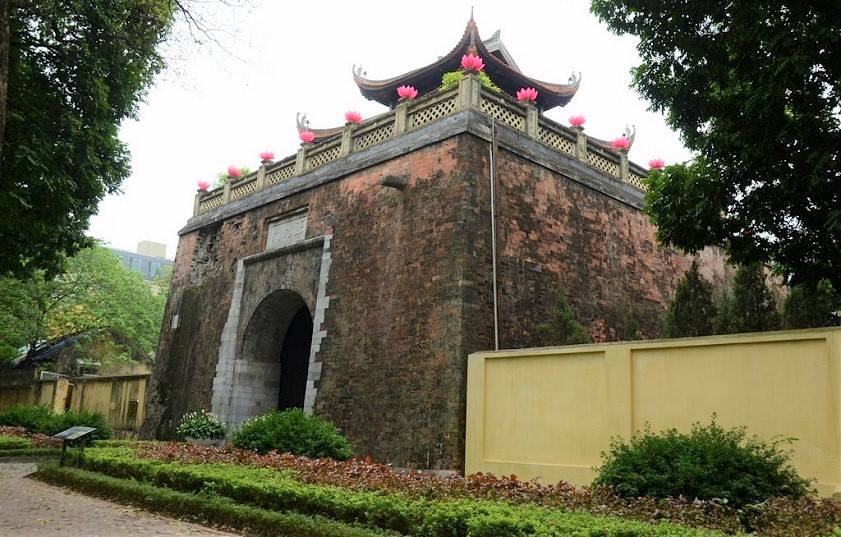
Outside the door, three Chinese characters “Chinh Bac Mon” are carved on a prominent stone plaque. The rectangular stone door edge is decorated with elaborate patterns with symbolic lotus petal borders, creating a sense of grandeur and solemnity for the structure. Next to the “Chinh Bac Mon” plaque, the stone plaque engraved with the date April 25, 1882 is still intact, marking the day the French army broke through the citadel and took Hanoi. On the door body, two cannonball marks are still imprinted, as a reminder of the time when Hanoi fiercely fought back against the power of the French warships attacking from the Red River.
With a height of nearly 9 meters, the door is a solid brick arch, combined with a tight stone and wood structure to create a solid look, while highlighting the architectural characteristics of the Nguyen Dynasty. The wall is built extremely solidly with stones and bricks arranged in a special structure, square bricks are skillfully installed, creating a symmetrical beauty between ancient and quiet. The North Gate has become an irreplaceable symbol, demonstrating the indomitable tradition of our nation in fighting against foreign invaders.
Cannon marks on the North Gate (Photo: Collected)
Inside the North Gate is a memorial to the two loyal Governors Nguyen Tri Phuong and Hoang Dieu - who fought and died in fierce battles to protect Hanoi from invasion. On the night of November 19 and early morning of November 20, 1873, the French army suddenly attacked the citadel. Governor Nguyen Tri Phuong, after being seriously injured and losing his son in the battle, refused to be treated by the enemy and went on a hunger strike until his death. More than nine years later, Governor Hoang Dieu continued that spirit in another battle, bravely defending the citadel until the last minute and determined to die when he could not defend the citadel.
Today, Cua Bac is an indispensable destination for Hanoians and tourists from all over the world, a place for us to look back on the glorious history of the nation. Visitors coming here can easily feel the silence and solidity of a historical relic remaining from the ancient citadel. Standing in front of the bullet marks still deeply imprinted on the door, everyone can imagine the brutality of the old wars and feel deep gratitude to those who fell for independence.
As a witness to the past, Cua Bac has witnessed many ups and downs of Hanoi and the whole country. The image of the majestic “Chinh Bac Mon” with its unique architectural features not only has cultural value, but is also a symbol of the indomitable spirit, the pride of the Vietnamese people.


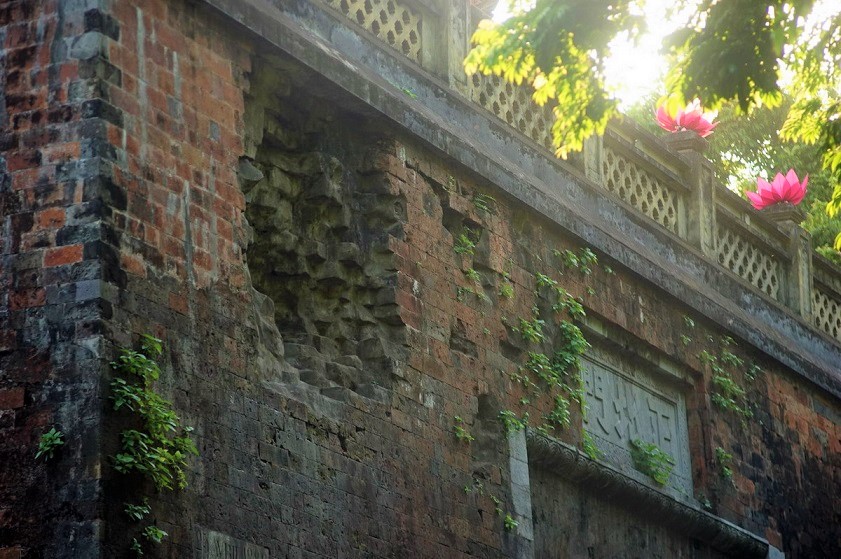
![[Photo] General Secretary To Lam receives French Ambassador to Vietnam Olivier Brochet](https://vstatic.vietnam.vn/vietnam/resource/IMAGE/2025/4/17/49224f0f12e84b66a73b17eb251f7278)

![[Photo] National Assembly Chairman Tran Thanh Man meets with outstanding workers in the oil and gas industry](https://vstatic.vietnam.vn/vietnam/resource/IMAGE/2025/4/17/1d0de4026b75434ab34279624db7ee4a)
![[Photo] Closing of the 4th Summit of the Partnership for Green Growth and the Global Goals](https://vstatic.vietnam.vn/vietnam/resource/IMAGE/2025/4/17/c0a0df9852c84e58be0a8b939189c85a)
![[Photo] Nhan Dan Newspaper announces the project "Love Vietnam so much"](https://vstatic.vietnam.vn/vietnam/resource/IMAGE/2025/4/17/362f882012d3432783fc92fab1b3e980)
![[Photo] Promoting friendship, solidarity and cooperation between the armies and people of the two countries](https://vstatic.vietnam.vn/vietnam/resource/IMAGE/2025/4/17/0c4d087864f14092aed77252590b6bae)


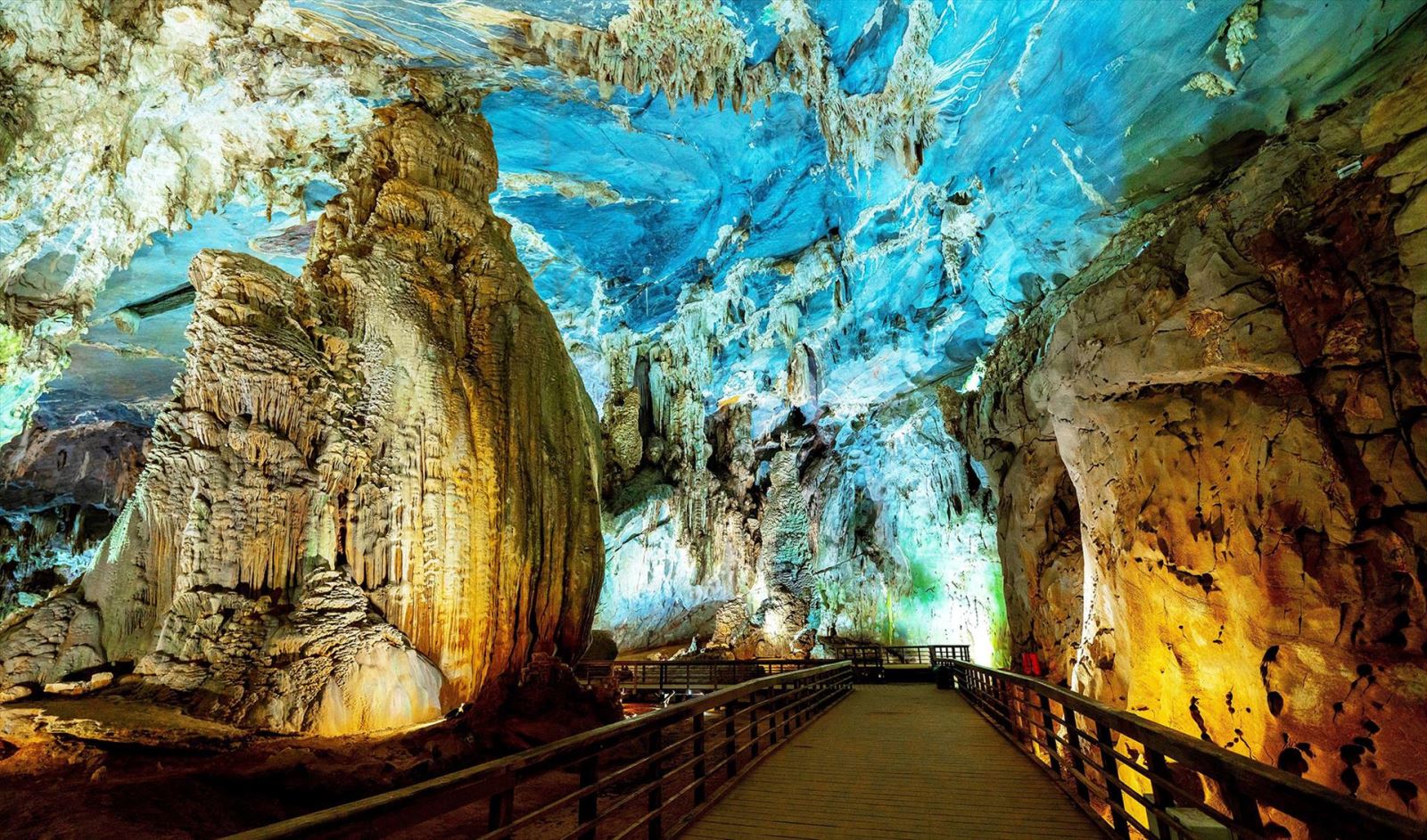

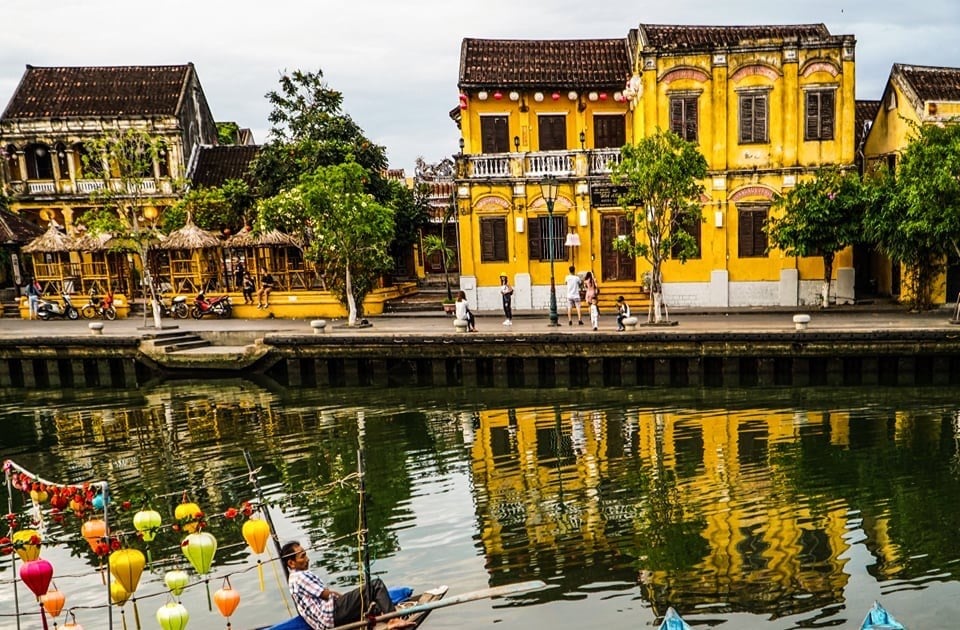

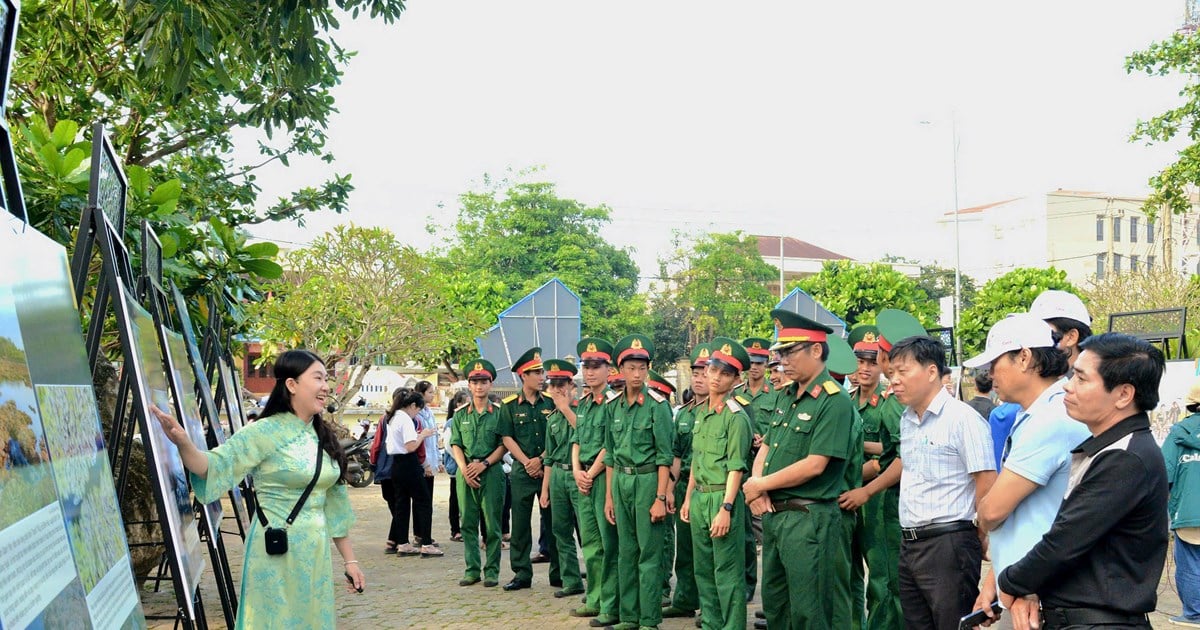
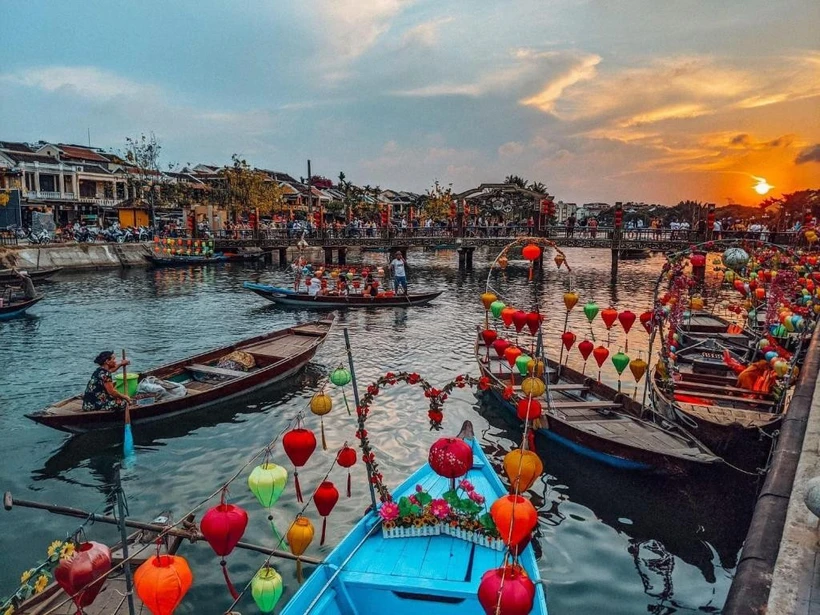
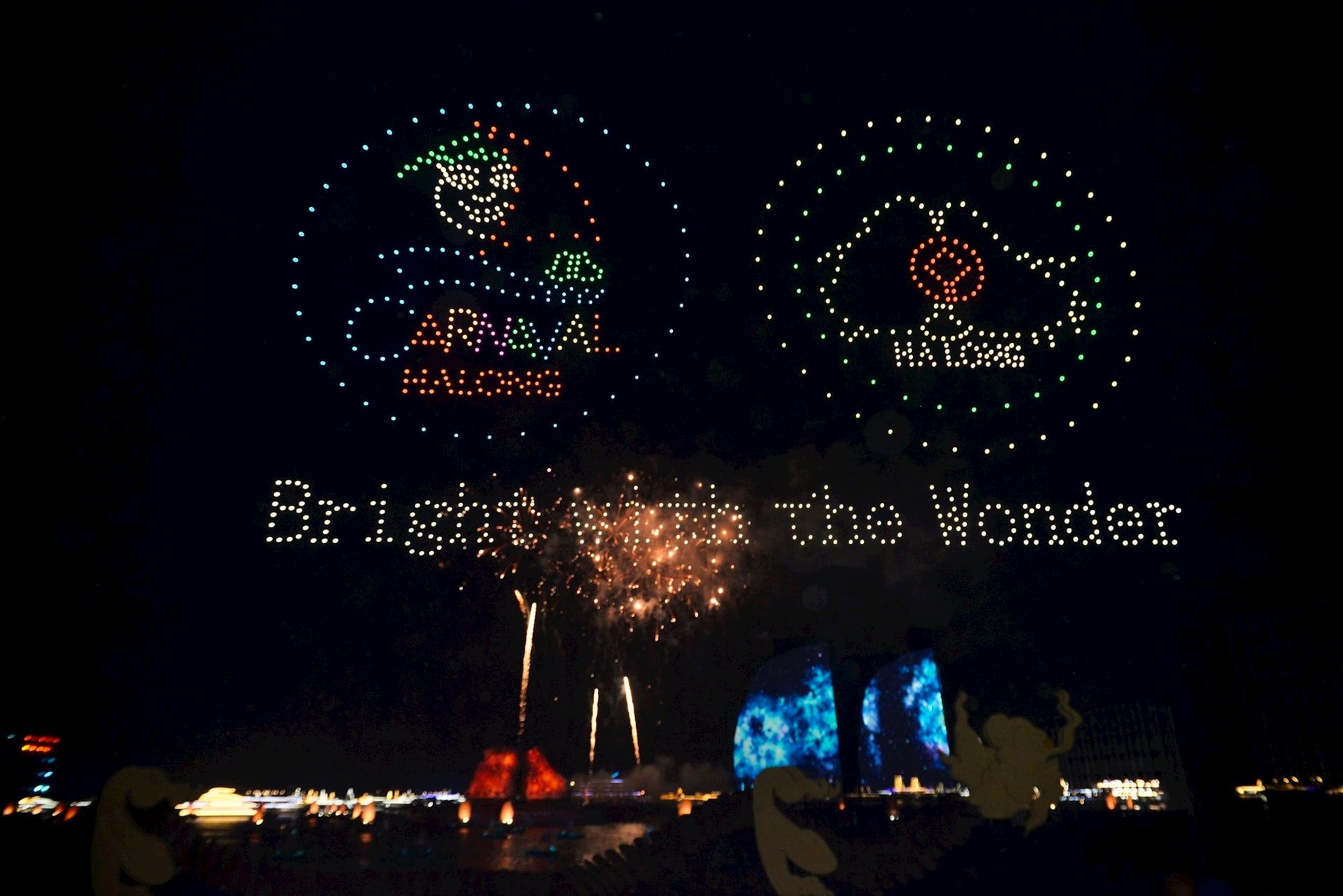

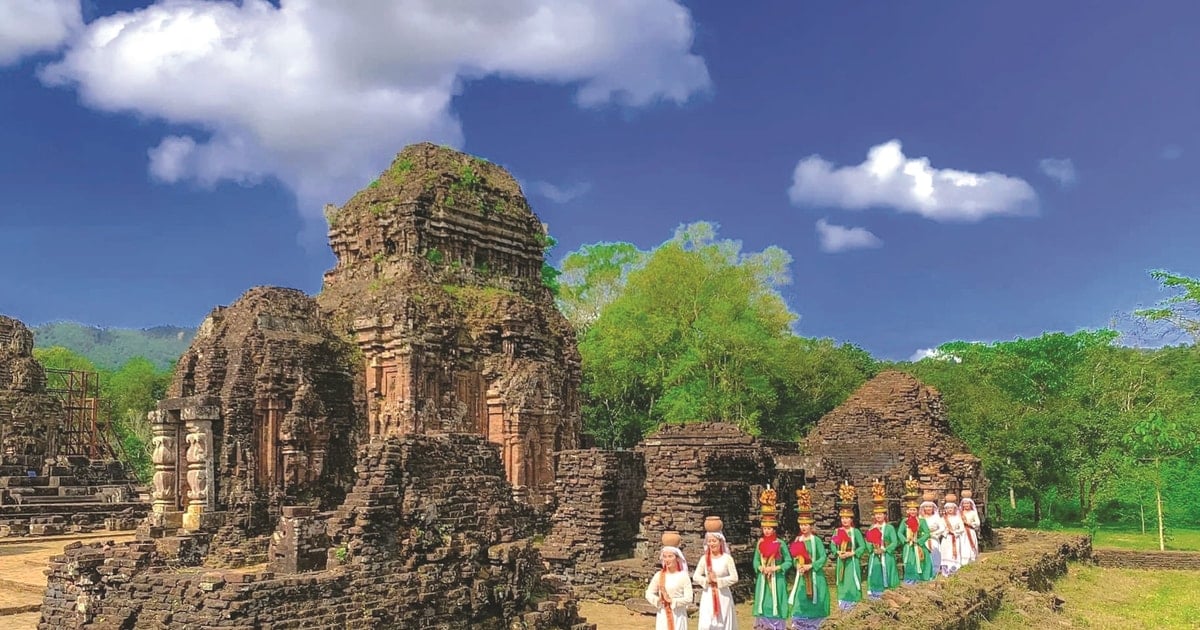
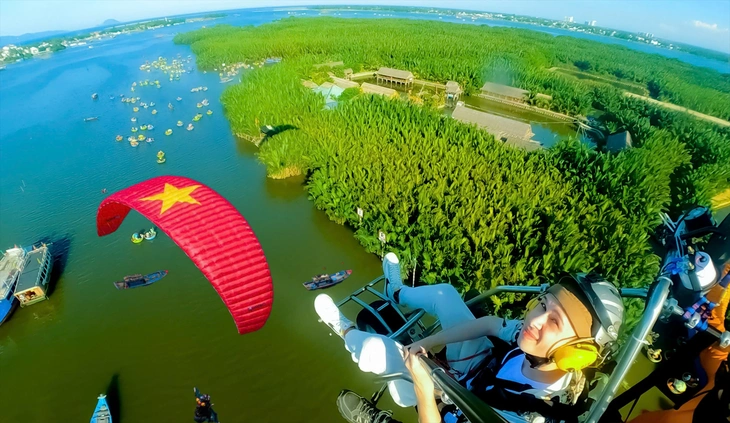
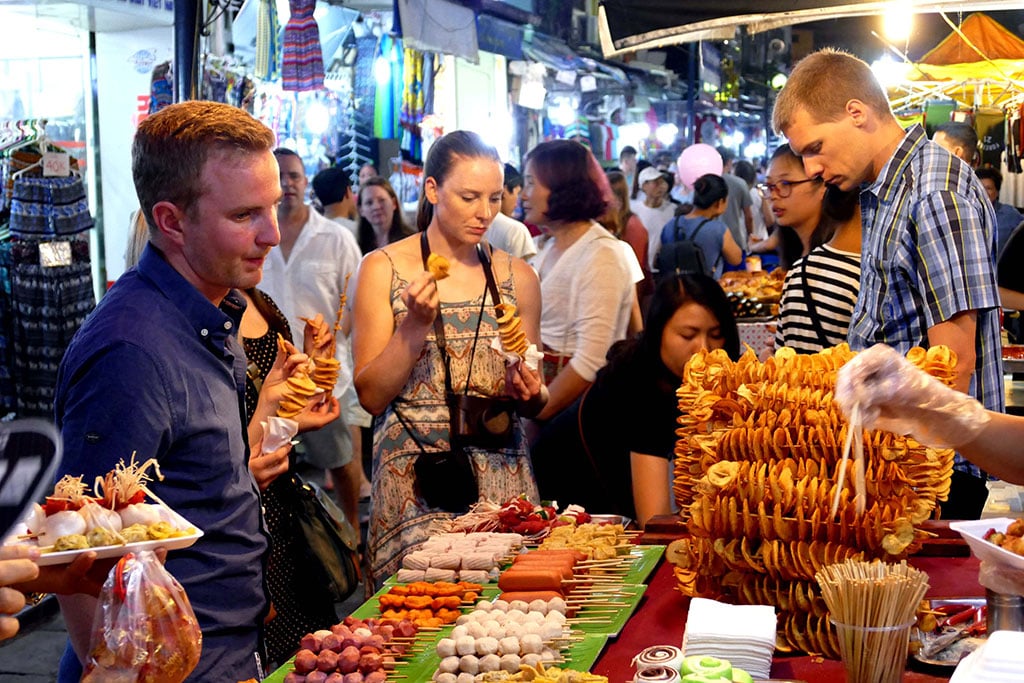

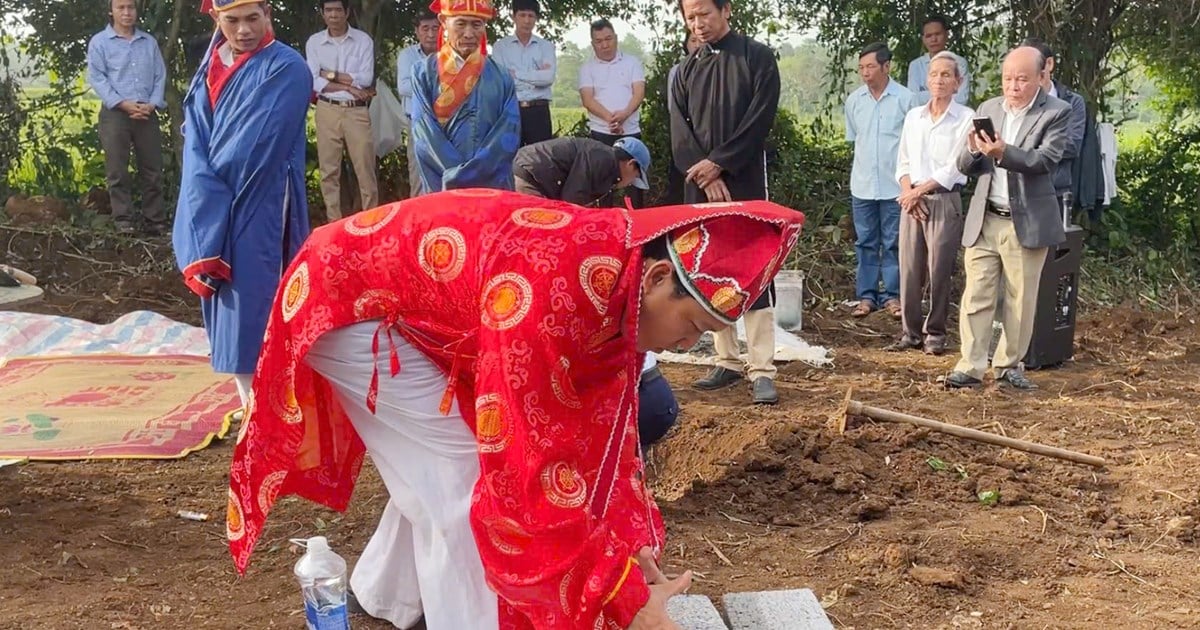
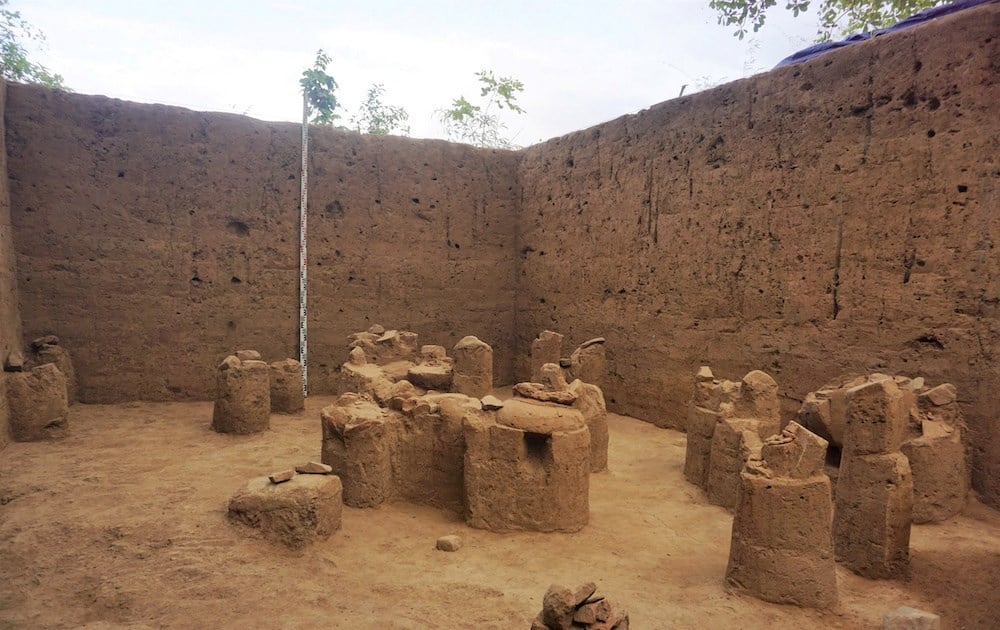


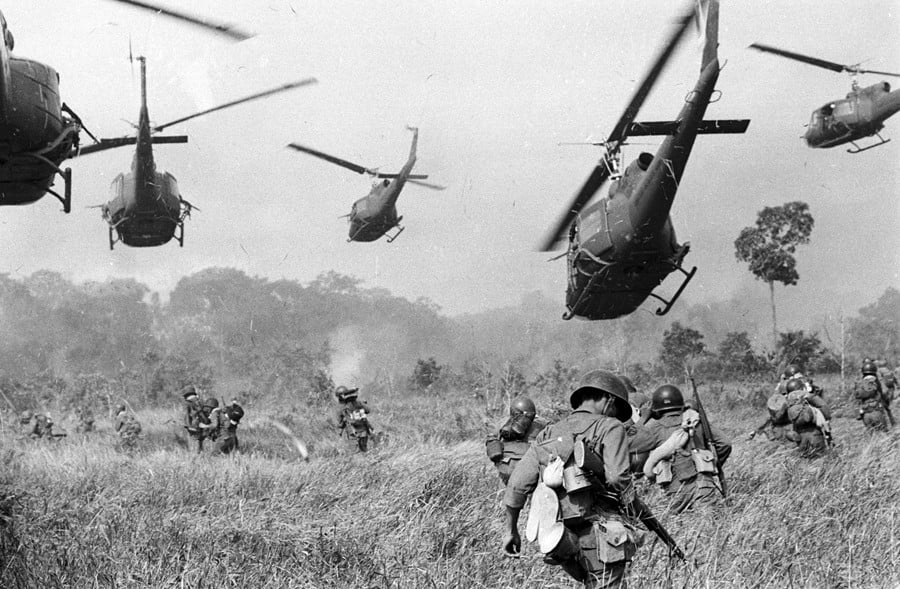

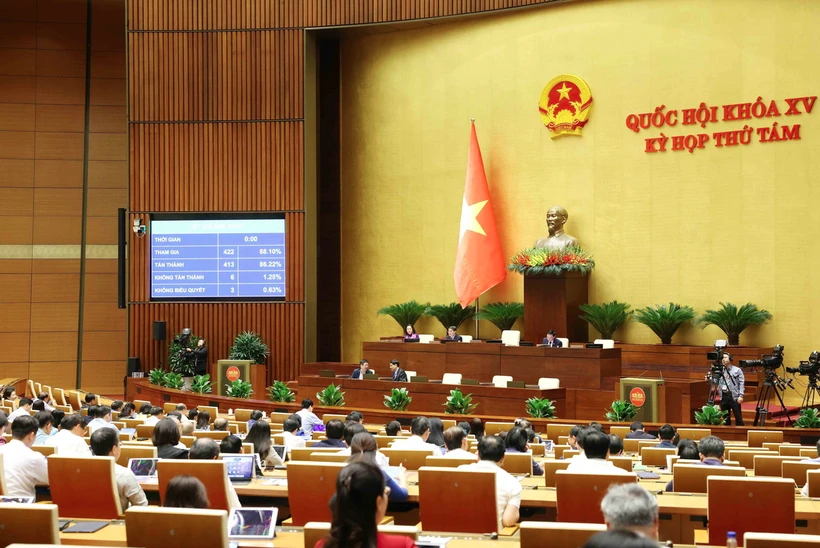
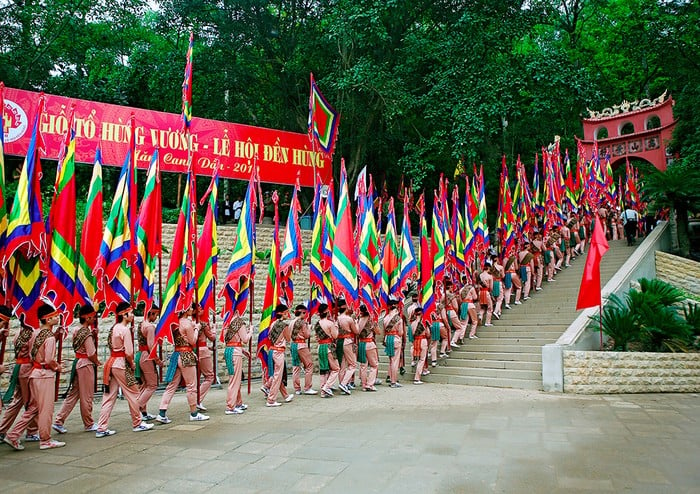
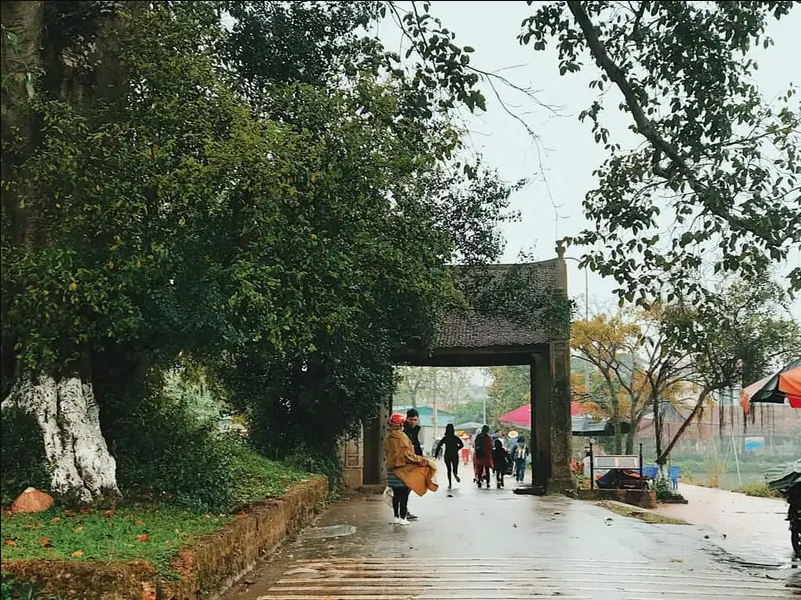
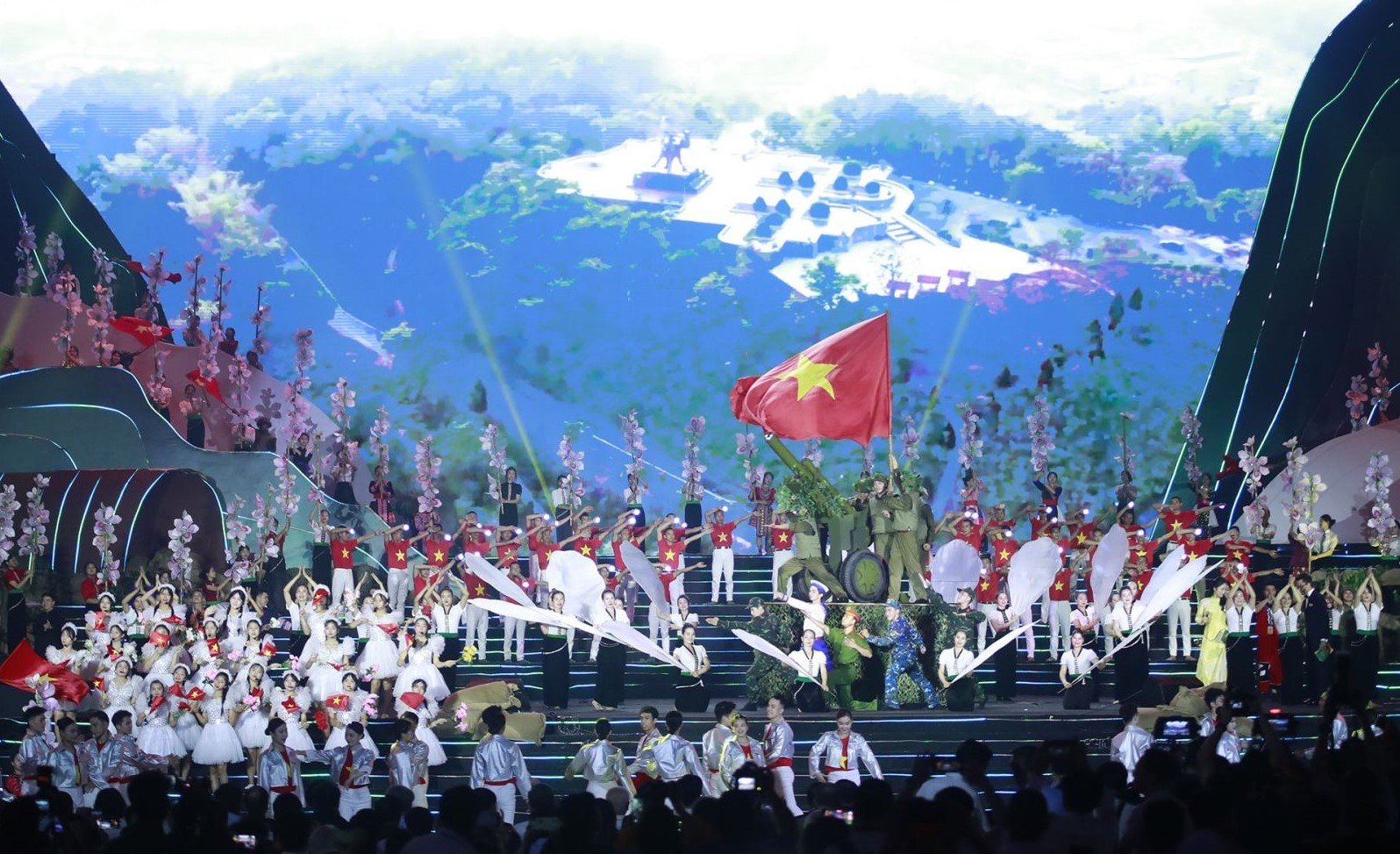
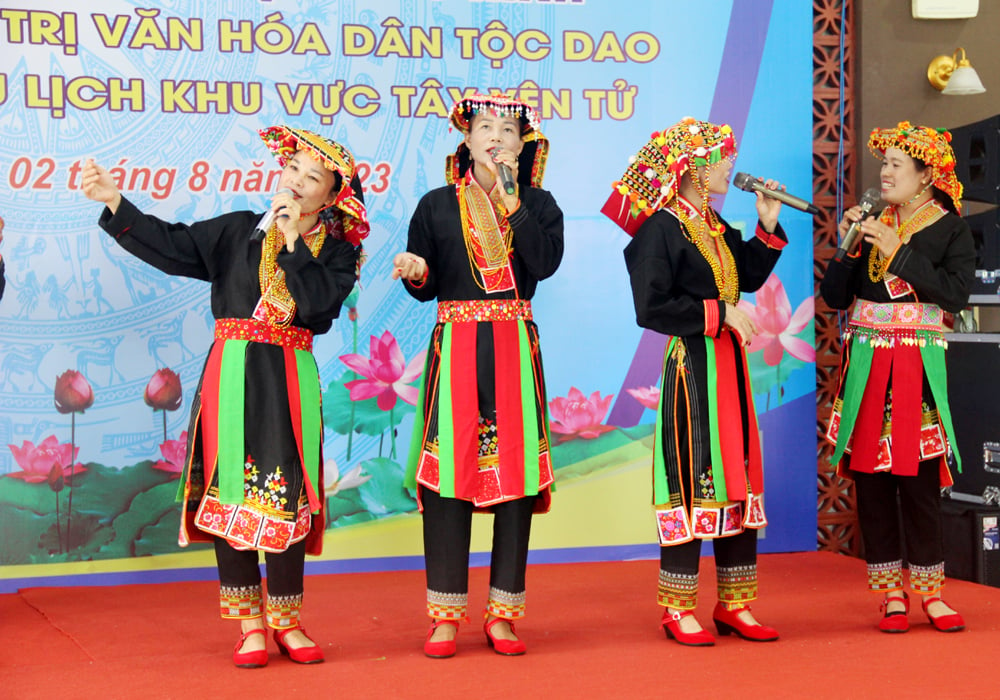

![[Photo] Welcoming ceremony for Chinese Defense Minister and delegation for friendship exchange](https://vstatic.vietnam.vn/vietnam/resource/IMAGE/2025/4/17/fadd533046594e5cacbb28de4c4d5655)


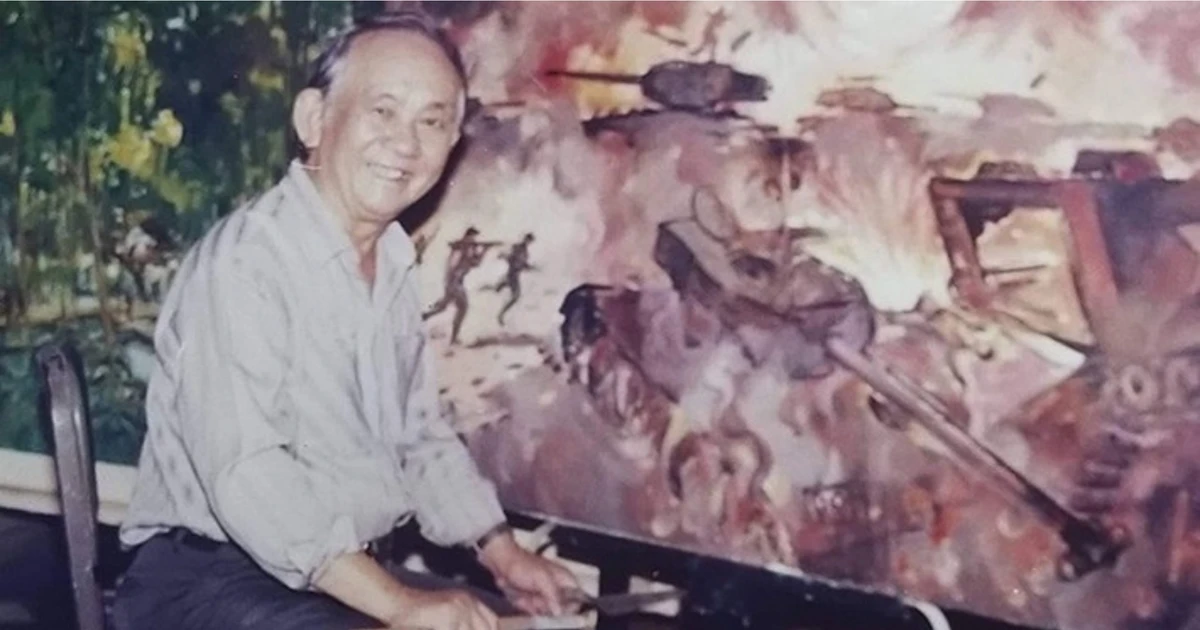








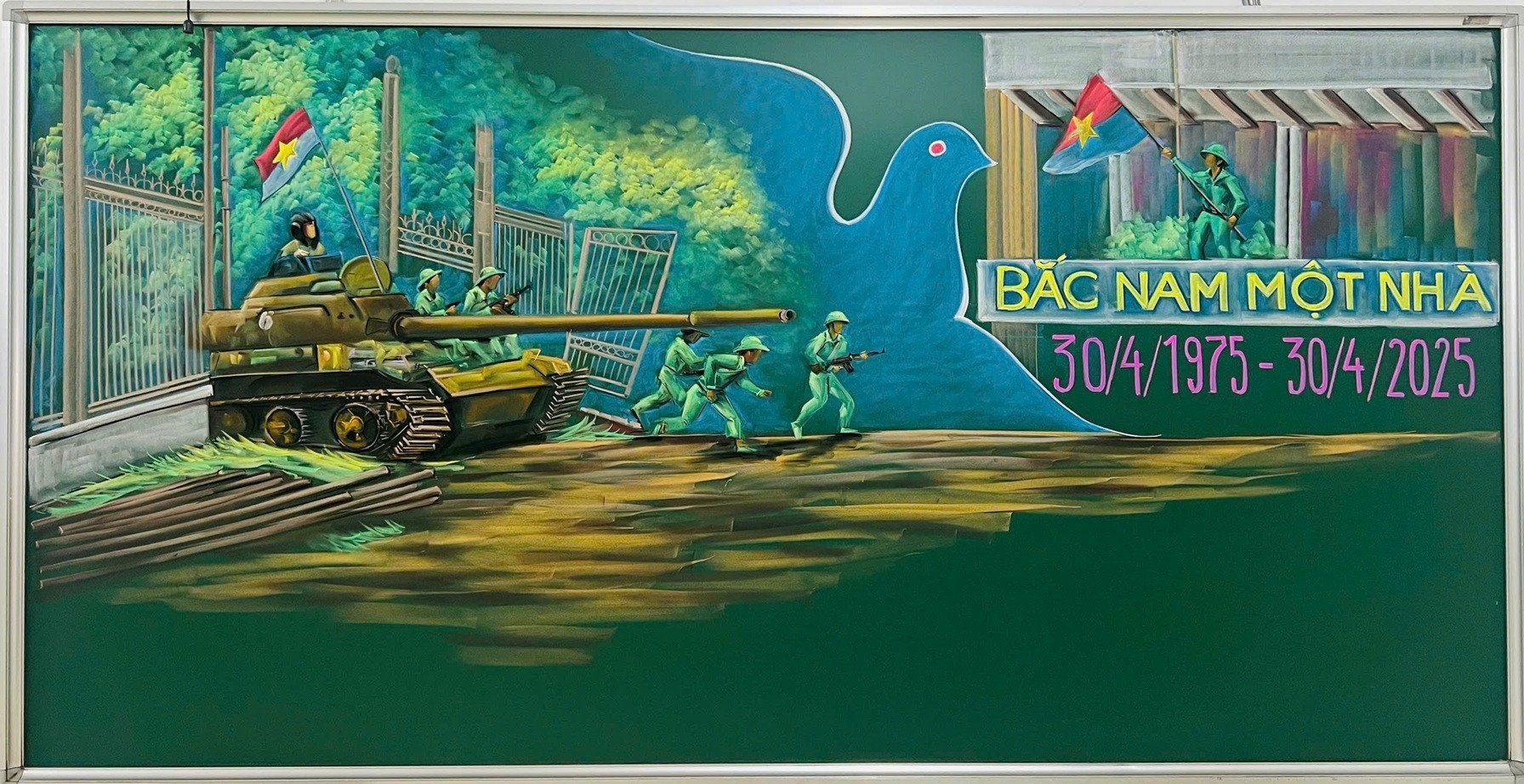


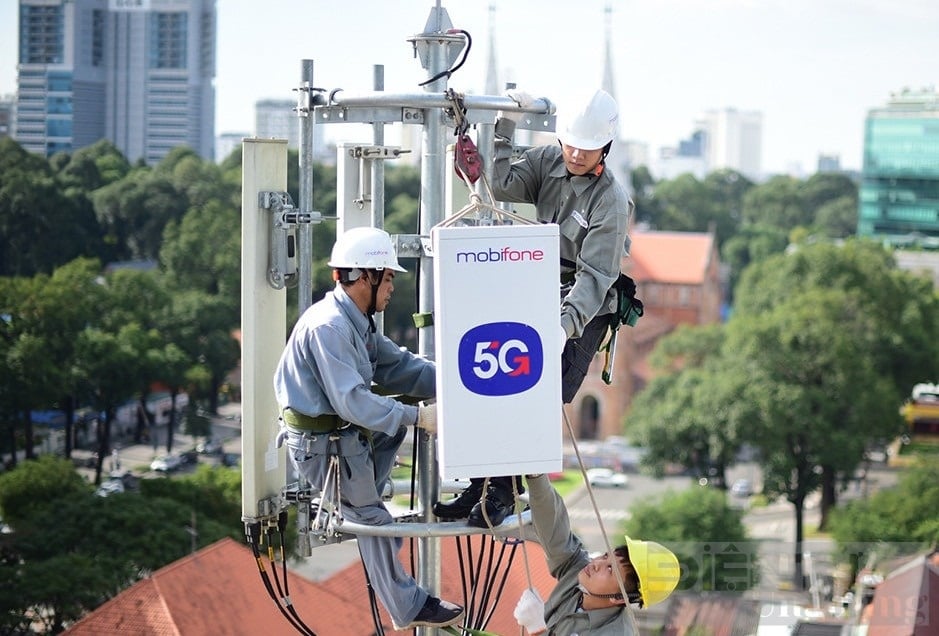

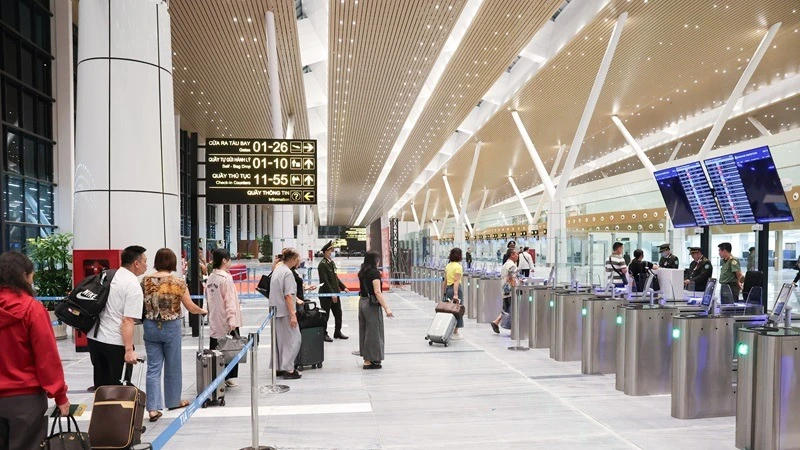



![[Video] Viettel officially puts into operation the largest submarine optical cable line in Vietnam](https://vstatic.vietnam.vn/vietnam/resource/IMAGE/2025/4/17/f19008c6010c4a538cc422cb791ca0a1)

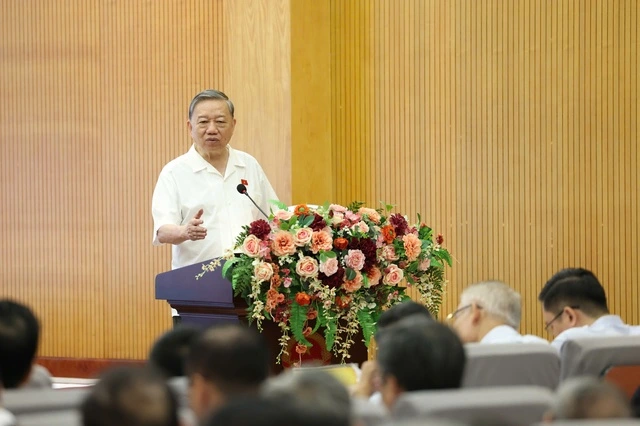



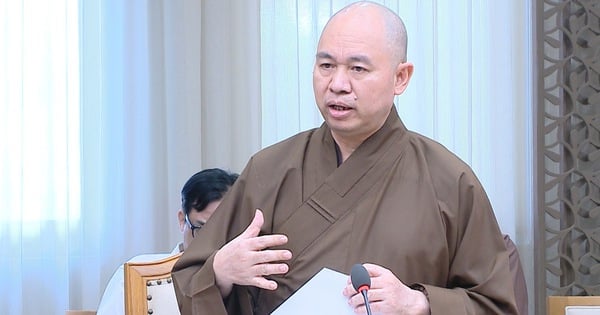

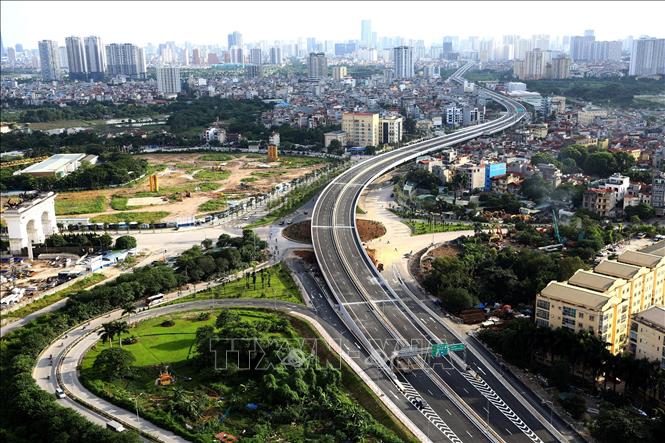













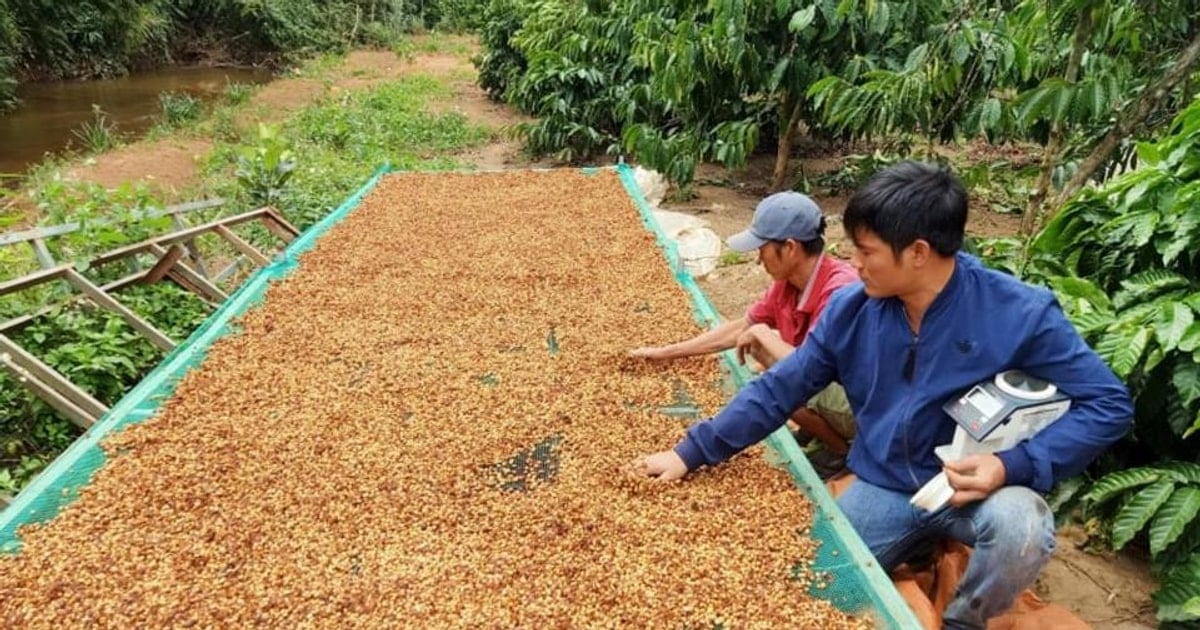


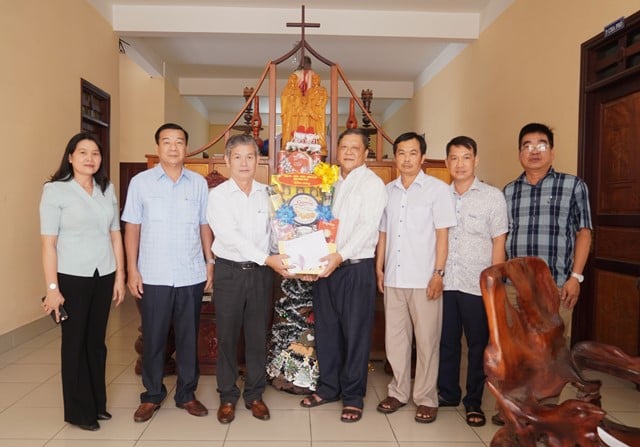






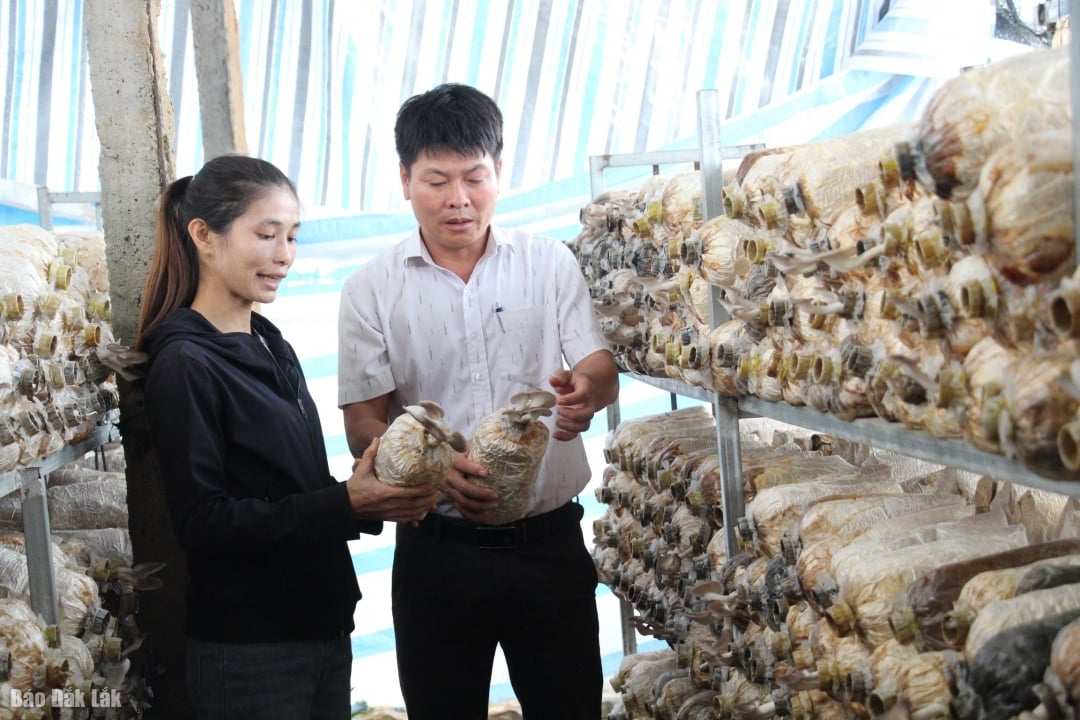


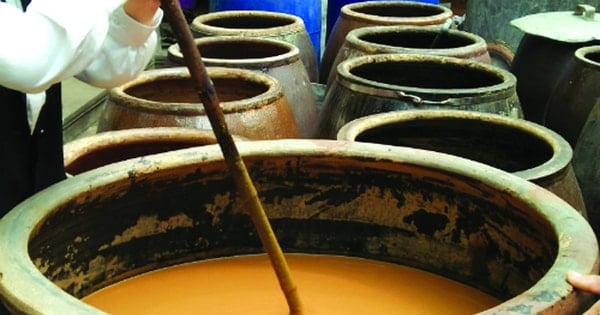


Comment (0)